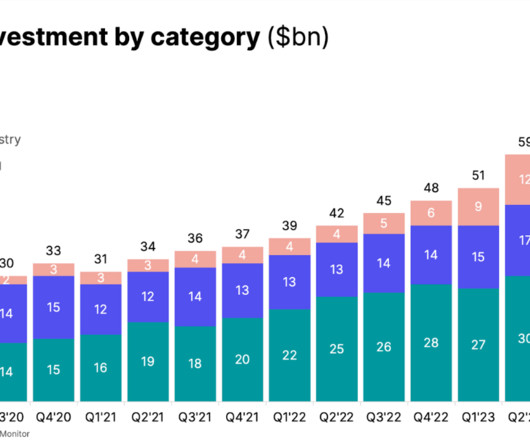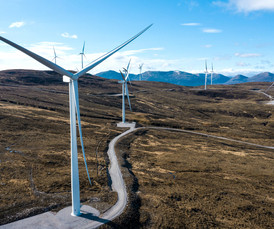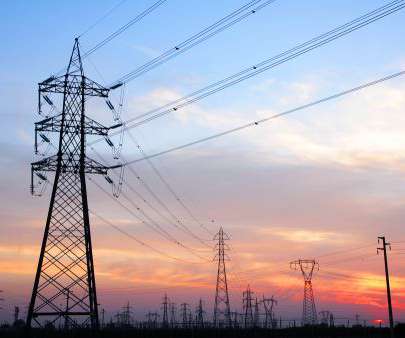Can Joe Biden Decarbonize The U.S. Power Sector By 2035?
R-Squared Energy
SEPTEMBER 17, 2020
We’re going to make a major investment to build 1.5 He didn’t mention nuclear power or carbon sequestration in this speech, but his website does mention them among four specific goals designed to decarbonize the power sector. Biden’s plan calls for: Grid-scale storage at one-tenth the cost of lithium-ion batteries.















Let's personalize your content